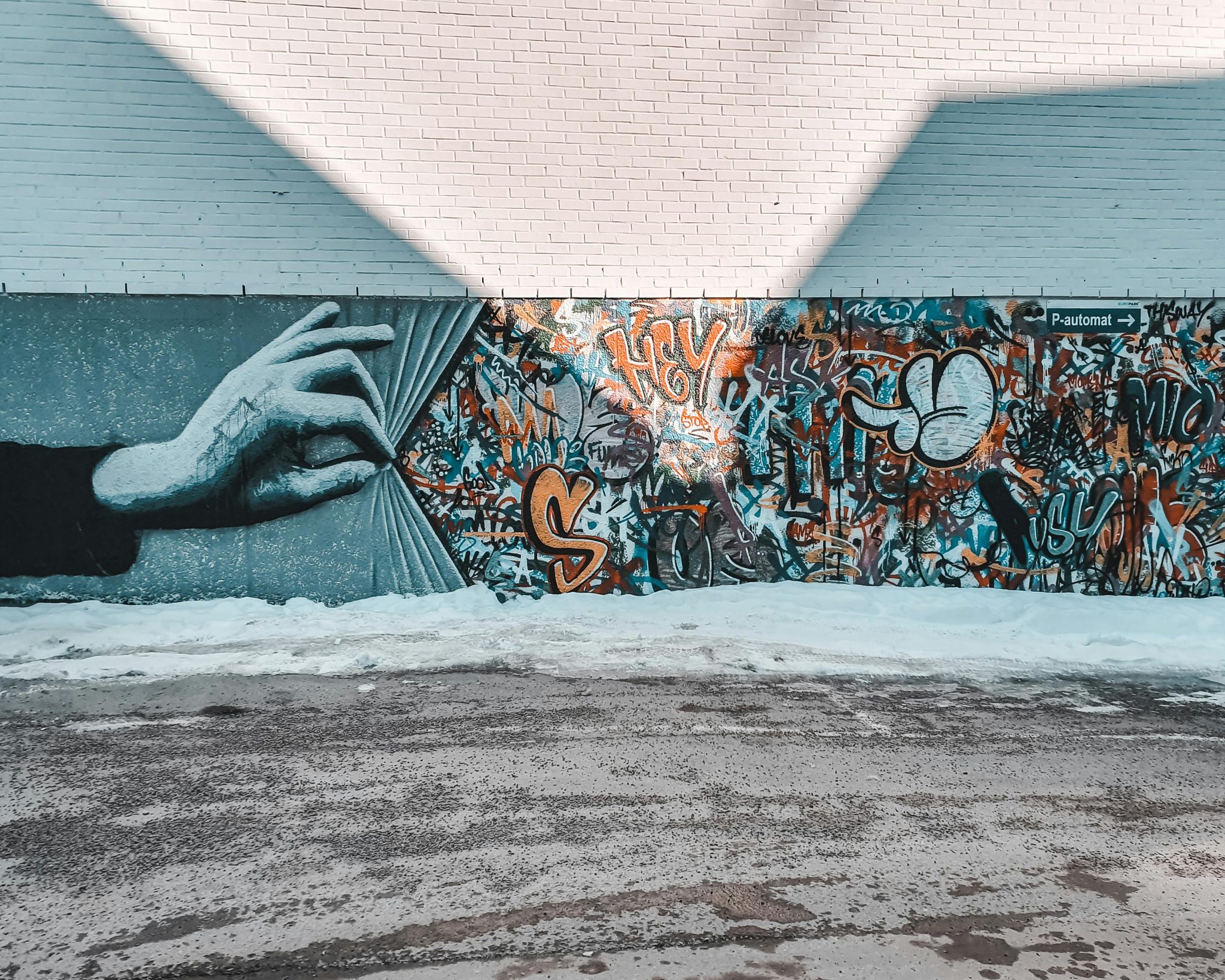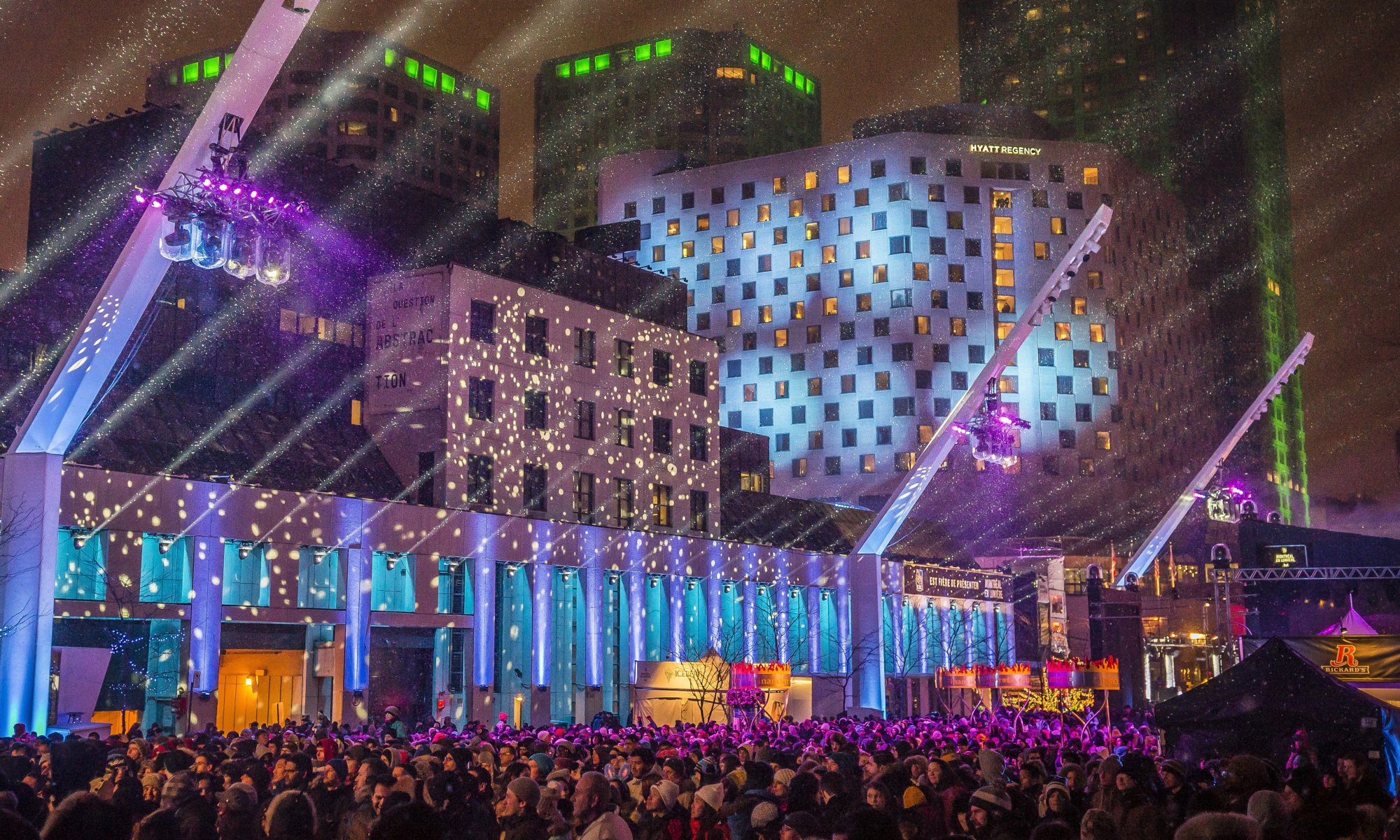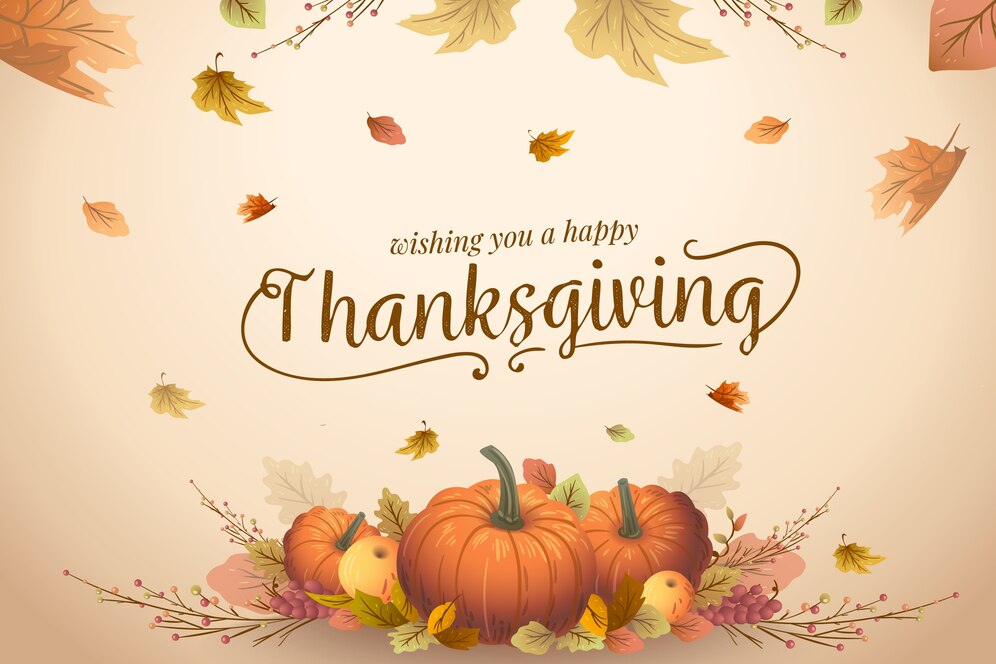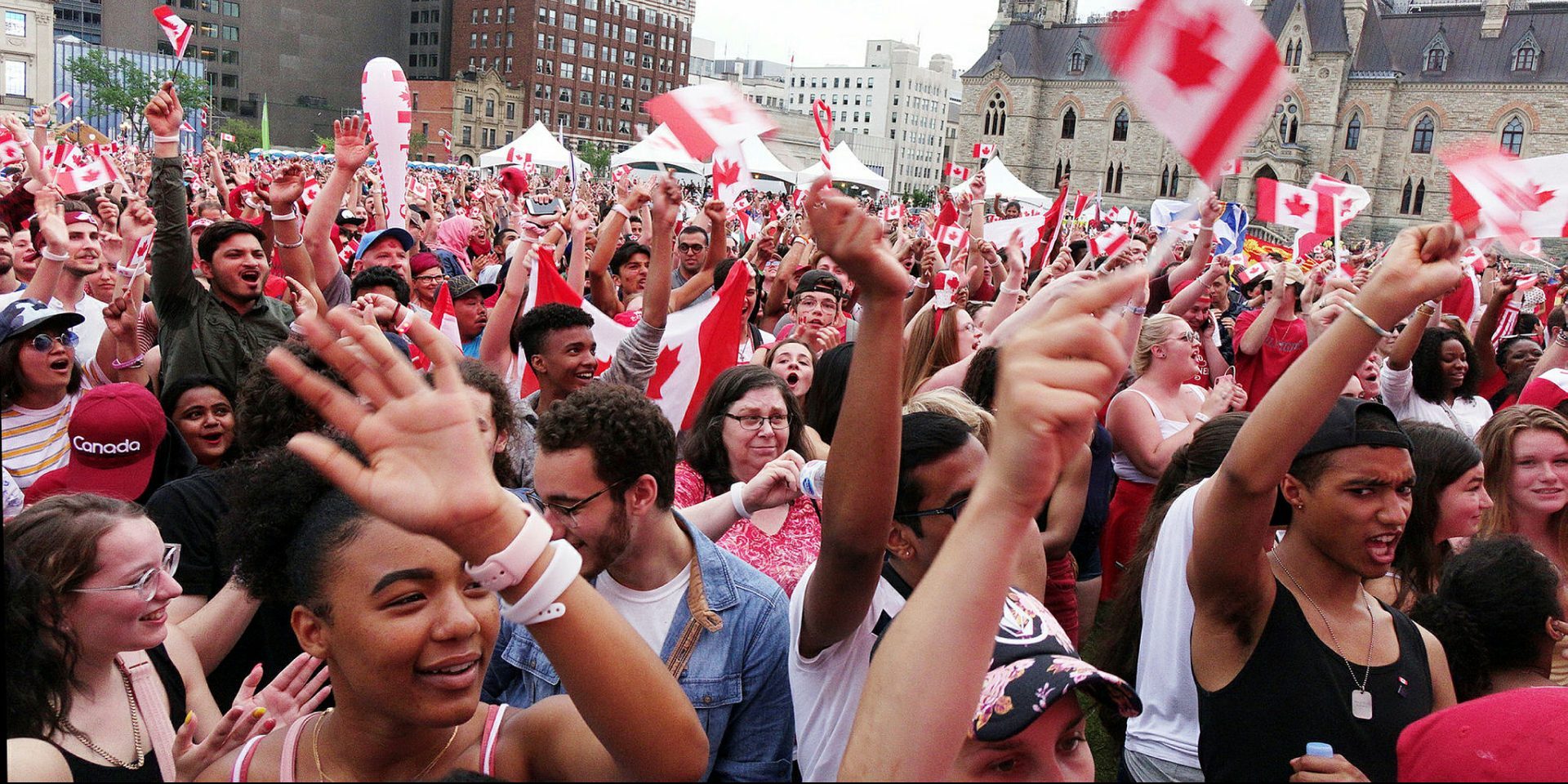The Role of Street Art in Social Movements Across North America – Activism Through the Urban Canvas

Street art has long been more than just a form of artistic expression—it has become a pivotal tool for social activism. Across North America, cities like Toronto, Montreal, and New York have seen their streets become canvases for resistance, reflection, and revolutionary messages. Graffiti, murals, and installations are not just decorative; they are deeply embedded in the struggle for social justice, often giving marginalized communities a voice and platform.
In cities like Toronto and Montreal, street art has played a crucial role in amplifying the voices of marginalized groups and advocating for systemic change. One of the most notable examples is the “Love Lives Here” campaign, a grassroots initiative that emerged in the wake of racial violence and intolerance. The campaign has inspired countless murals across Canada, offering messages of love, inclusion, and unity. This powerful public art project uses the urban landscape as a way to challenge hate and promote social harmony, making it an essential part of community activism.
Similarly, in New York City, street art has historically been at the forefront of social movements. The iconic Black Lives Matter murals, which have appeared in cities across the United States, are prime examples of how public art can be a powerful form of protest. In 2020, after the death of George Floyd, murals proclaiming "Black Lives Matter" were painted on streets in cities like Brooklyn and Manhattan, transforming public spaces into sites of resistance. These murals, now globally recognized, have become lasting symbols of the ongoing struggle for racial justice. They not only serve as a tribute to those lost but also as a call to action for systemic reform.
Street art has also been instrumental in Indigenous rights movements, particularly in Canada. In Montreal, murals depicting Indigenous leaders, symbols, and messages of decolonization have become prominent in public spaces, bringing visibility to issues of land sovereignty, treaty rights, and the impact of residential schools. These works serve as a powerful form of resistance against colonialism and a means of asserting Indigenous identity and autonomy in the face of historical erasure.
In addition to murals, graffiti culture has been integral to protest movements. The rebellious nature of graffiti allows for spontaneous, often anonymous expression of political dissent. In cities like Toronto, graffiti artists have used the walls of the city to call out government policies, environmental issues, and other injustices. The raw, unpolished nature of street art often conveys urgency and emotion in ways that more traditional art forms cannot. It allows activists to speak directly to the public without the filter of institutional barriers, making it an essential tool for grassroots movements.
The power of street art lies in its ability to be both accessible and subversive. By transforming public spaces into sites of dialogue and dissent, street artists engage with a wide audience, including those who may not typically participate in traditional forms of protest. Whether it’s through powerful imagery, slogans, or symbolic representations, street art speaks to the collective consciousness, inspiring solidarity and action.
As social movements continue to gain momentum across North America, street art will undoubtedly remain a vital form of expression. It is a space where protest, art, and activism converge, creating a visual language that speaks to the struggles and hopes of communities. From the Black Lives Matter murals to Indigenous-led art campaigns and everything in between, street art is shaping the narrative of social justice in North America, ensuring that activism continues to be heard in both bold and creative ways.


.jpg)



.jpg)
.jpg)
 (1).jpg)
 (1).jpg)
